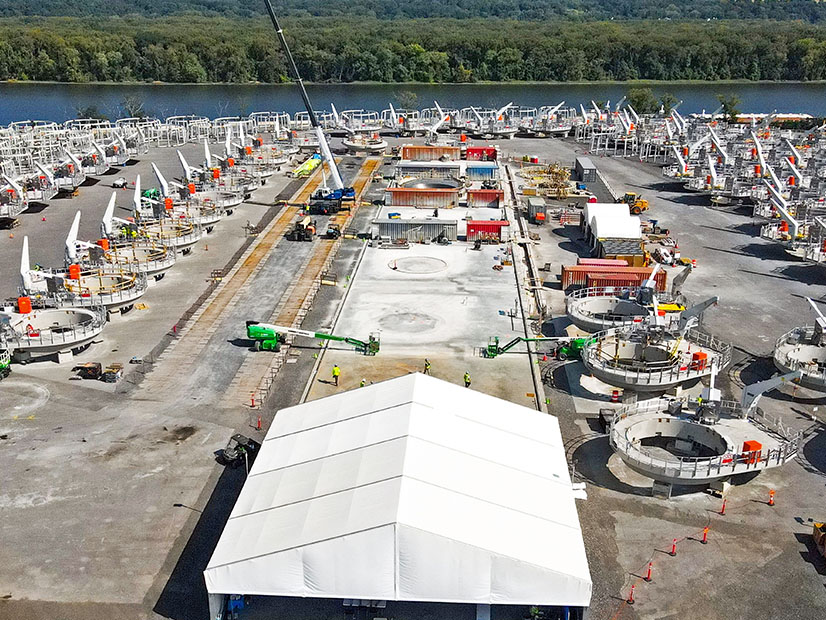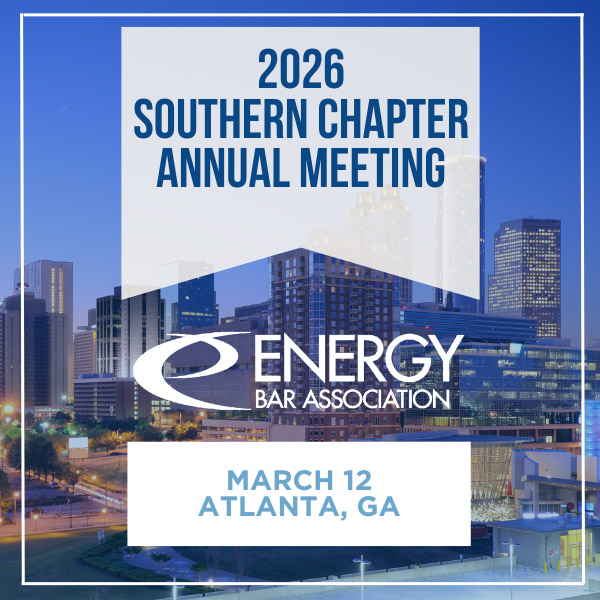
Ørsted has announced new problems and an additional $1.7 billion in impairments for its U.S. offshore wind portfolio.
And that was before President Trump took office and fired off an executive order creating a whole new world of hurt for the struggling U.S. offshore wind sector.
The world’s leading offshore wind developer said Jan. 20 that increases in long-dated U.S. interest rates, decreases in the value of seabed leases, and delays and cost escalations expected with the Sunrise Wind project will cost 4.3 billion, 3.5 billion and 4.3 billion Danish Krone, respectively, or $1.69 billion (U.S.) total.
During a conference call with financial analysts Jan. 21, CEO Mads Nipper said he would not speculate on the impact of Trump’s Jan. 20 executive order but it did not contribute to the impairments.
The news is the latest in a series of financial blows in the U.S. market for the Danish wind power developer, which has seen its stock value crater as one problem after another carries impacts sometimes ranging in the hundreds of millions of dollars.
Ørsted has canceled offtake contracts for New York and Maryland offshore wind farms and canceled a New Jersey project outright amid inflation and supply chain pressures.
It’s running into cost increases and delays on its Revolution Wind project, now under construction off the New England coast, as well as for Sunrise Wind, which has begun onshore construction in New York.
Ørsted had a landmark success in 2024 when its South Fork Wind project became the first utility-scale offshore wind farm to come online in U.S. waters. It, too, ran into cost escalations, but it’s a very small facility, rated at only 132 MW.
During the conference call, an analyst noted that Ørsted had a stellar track record in Europe and Taiwan. “So can you in any way try to help us” understand, he asked, “why it is that in the U.S., execution just seems to continue to go wrong almost quarter by quarter?”
Nipper replied: “It is very disappointing that we are running into these, but it is simply the immature and nascent industry of both the supply chain and the execution setup of the U.S. practice compared to any other place we operate in the world, most notably Europe.”
Nipper told analysts he would take questions only on the impairment, but was asked nonetheless about Trump’s executive order.
“Because it was issued late last night, we are in the process of reviewing it to assess the impact of our portfolio,” Nipper said. “That’s all we have to say at this stage.”
The impairment resulting from interest rates is fairly straightforward — it is a capital-intensive business and capital became more expensive, Nipper explained.
The impairment on the value of Ørsted’s seabed leases off the New Jersey, Delaware and Maryland coasts is the result of the company looking at market uncertainties and deciding to mark down the value.
The election of a president determined to halt offshore wind development might seem to have played some factor in that loss of value, but Nipper made no such connection.
“I want to highlight that we believe the leases continue to hold strategic optionality and value based on the long-term potential of the U.S. offshore market,” he said.
The Sunrise impairment is less straightforward, more entangled in the challenges of standing up a new industry on a continent without an ecosystem to support it.
Nipper explained:
Completion of the first U.S.-built wind turbine installation vessel was delayed, forcing Ørsted to shuttle components of Revolution and Sunrise around on barges to remain compliant with the Jones Act.
The barge model is slower and less efficient because it is more vulnerable to foul weather, especially in winter. The construction of Sunrise is expected to span two winters.
Based on experiences so far this winter with Revolution, Sunrise likely will take longer than expected to build and therefore require a longer charter of vessels and crews, which come with a high daily cost.
Finally, the HVDC export cable was found to be defective and needed to be remanufactured — leading to a delay in load-out and installation, and therefore another escalation of vessel and crew costs.
All of this has depleted the Sunrise contingency budget, necessitating the new impairment.
Despite all that, Sunrise remains a money-making proposition, with an expected internal rate of return in the mid-single digits over its lifetime, Nipper said.
He cautioned, however, that this could change: “This assessment does not take into account any potential initiatives of the incoming U.S. administration.”


